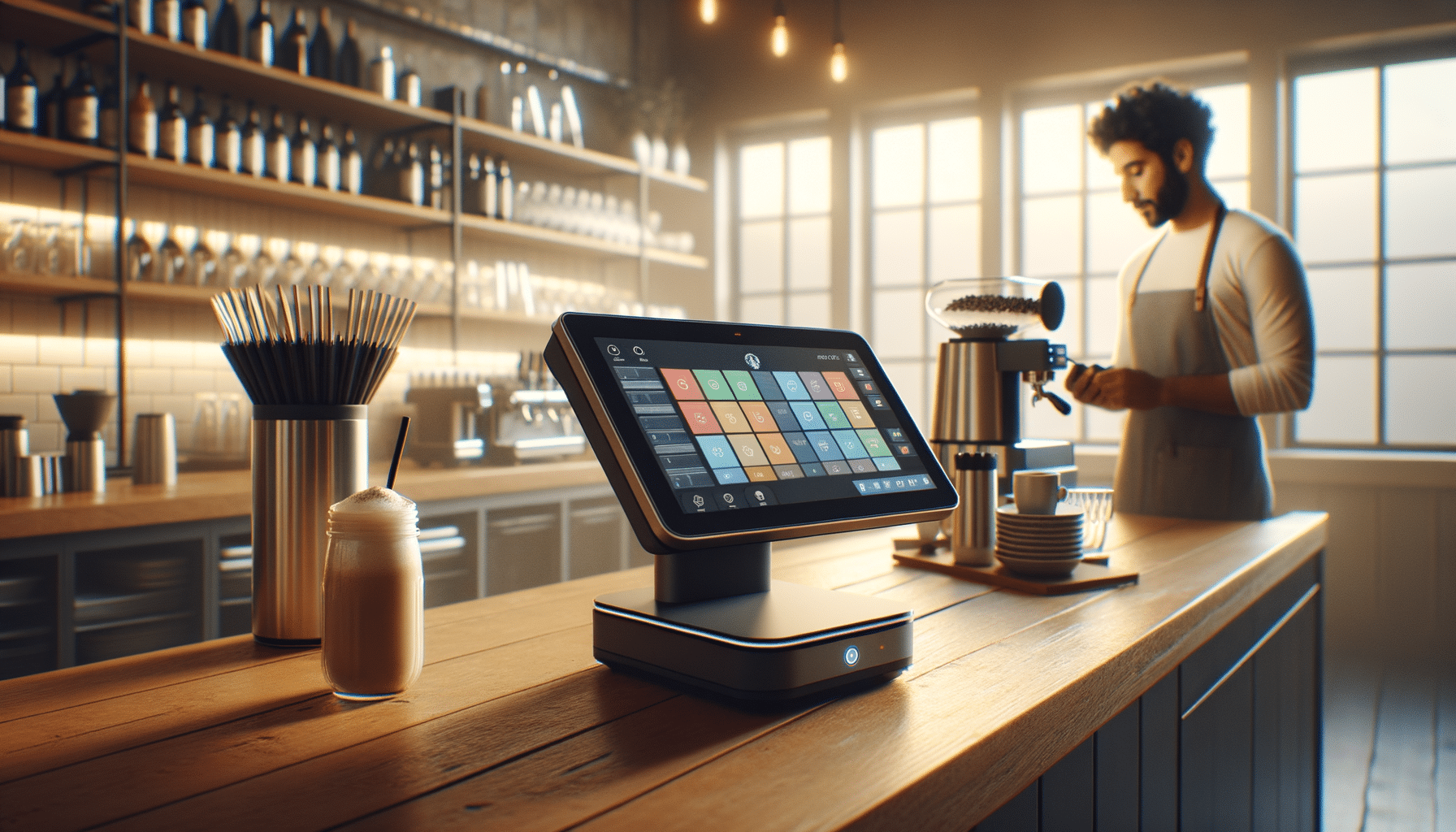
A Guide For Restaurant And Bar POS System
Introduction to POS Systems for Restaurants and Bars
In the bustling world of restaurants and bars, efficiency and accuracy are crucial to ensuring smooth operations and customer satisfaction. Point of Sale (POS) systems have become indispensable tools in this industry, revolutionizing the way transactions are handled and data is managed. These systems not only streamline the payment process but also provide valuable insights into sales trends and customer preferences. As technology continues to advance, understanding the nuances of POS systems can significantly enhance the operational efficiency of any restaurant or bar.
Key Features of Restaurant and Bar POS Systems
POS systems designed for restaurants and bars come equipped with features tailored to the unique needs of these establishments. One of the primary functionalities is order management, allowing staff to take orders swiftly and accurately. This feature often includes customizable menu configurations, enabling easy updates to items, prices, and specials.
Another vital feature is inventory management, which helps in tracking stock levels in real-time. This capability minimizes the risk of running out of essential ingredients and assists in maintaining optimal stock levels. Additionally, POS systems often integrate with kitchen display systems, ensuring seamless communication between the front and back of the house.
Payment processing is another critical aspect, with POS systems supporting various payment methods, including credit cards, mobile payments, and contactless options. This flexibility not only enhances customer convenience but also speeds up the checkout process. Furthermore, many POS systems offer detailed reporting and analytics, providing insights into sales patterns, peak hours, and customer preferences, which are invaluable for strategic planning.
Choosing the Right POS System for Your Establishment
Selecting the most suitable POS system for a restaurant or bar involves considering several factors. Firstly, the size and type of the establishment play a significant role in determining the necessary features. For instance, a small café may require a simpler system compared to a large restaurant with multiple sections.
Another consideration is the ease of use and training requirements. A user-friendly interface minimizes the learning curve for staff, ensuring quick adaptation and efficient operations. Compatibility with existing hardware and software is also crucial, as seamless integration avoids disruptions and additional costs.
Additionally, evaluating the customer support and service offered by the POS provider is essential. Reliable support ensures that any issues are promptly addressed, minimizing downtime and maintaining customer satisfaction. Finally, considering the cost and pricing structure is vital to ensure the chosen system aligns with the budget while offering the desired functionalities.
Benefits of Implementing POS Systems in Bars and Restaurants
The implementation of POS systems in bars and restaurants offers numerous advantages. One of the most significant benefits is enhanced efficiency, as these systems streamline various processes, from order taking to payment processing. This efficiency not only speeds up service but also reduces errors, leading to improved customer satisfaction.
In addition to operational efficiency, POS systems provide valuable data insights. By analyzing sales data, restaurant owners can identify popular items, peak hours, and customer preferences. These insights facilitate informed decision-making, enabling strategic menu planning and targeted marketing efforts.
Furthermore, POS systems enhance inventory management by providing real-time stock tracking. This capability reduces waste and ensures that popular items are always available, enhancing the overall customer experience. Additionally, the ability to accept various payment methods increases convenience for customers, potentially boosting sales and customer loyalty.
Future Trends in POS Systems for the Hospitality Industry
The future of POS systems in the hospitality industry is poised for exciting developments. One emerging trend is the integration of artificial intelligence (AI) and machine learning, which can provide even deeper insights into customer behavior and preferences. AI-driven systems can predict trends and suggest menu adjustments, optimizing both inventory and sales strategies.
Another trend is the increasing adoption of mobile POS solutions. These systems offer flexibility and mobility, allowing staff to take orders and process payments directly at the table. This capability not only enhances the customer experience but also increases table turnover, contributing to higher revenue.
Cloud-based POS systems are also gaining popularity, offering the advantage of remote access and real-time updates. These systems facilitate seamless updates and scalability, ensuring that the POS system can grow alongside the business. As technology continues to evolve, staying informed about these trends will be crucial for businesses aiming to stay competitive and enhance their operational efficiency.

